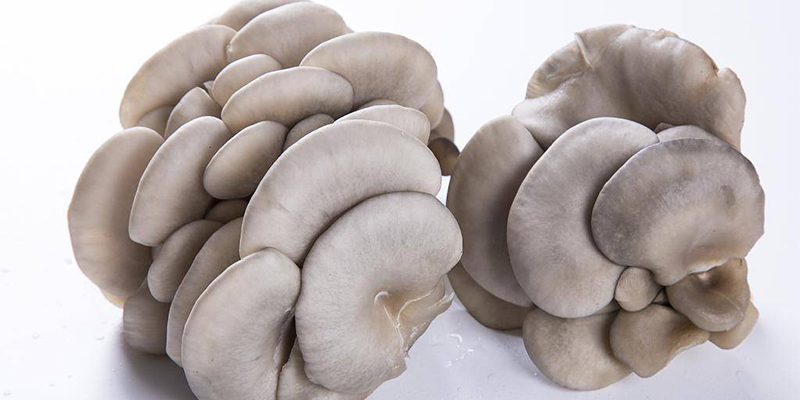Technical measures for the management of high temperature heat damage of Pleurotus Ostreatus

1. Production of bacteria bags
Try to avoid the high temperature period in the production of bacteria bags. If bags are made during the high temperature period, reduce the amount of nitrogen sources such as wheat bran and the water content of the compost, strengthen the management of bacteria, reduce the density of bacteria bags, and take measures such as thickening the sunshade net to cool down. Strengthen ventilation and heat dissipation, and the germination temperature should not be higher than 26°C to cultivate strong mycelium.
2. Fruiting period
During the fruiting period, pay close attention to the temperature in the mushroom shed, and the temperature of the fruiting shed should be lower than 30°C. Do not place the bacteria bags too densely, and lower the height of the bacteria bags, and place them in a single layer if necessary. Measures such as installing water curtains, humidifying with groundwater, installing water belt spraying on the roof to cool down, and covering the roof with sunshade nets can be taken to reduce the temperature and avoid heat damage.
3. High temperature period
While trying to cool down during the high temperature period, it is necessary to strengthen ventilation and reduce the relative humidity of the air at the same time to avoid more serious damage to oyster mushrooms caused by high temperature and high humidity. If the temperature is too high, you can stop humidification, strengthen ventilation, shade, temporarily stop the management of mushroom production, and then start the management of mushroom production after the temperature drops.
4. Strengthen pest control
During the high temperature period, the management of diseases and insect pests should be strengthened. Before the fungus bags enter the mushroom shed, the internal and external environment of the facility should be cleaned up, all kinds of garbage should be removed, and low-residue pesticides should be used to sterilize and kill insects; if the fungus bags are found to be infected, the mushroom shed should be cleaned up in time. If the infection is serious and the compost loses its use value, the infected bacteria bag can be kept away from the production area for sterilization or composting and other harmless treatment. If the infection is relatively light, the compost can still be used, and the infected bacteria bag can be sterilized and opened, and the compost can be dried and stored.

(1)(1).jpg)
 CONTACT
CONTACT